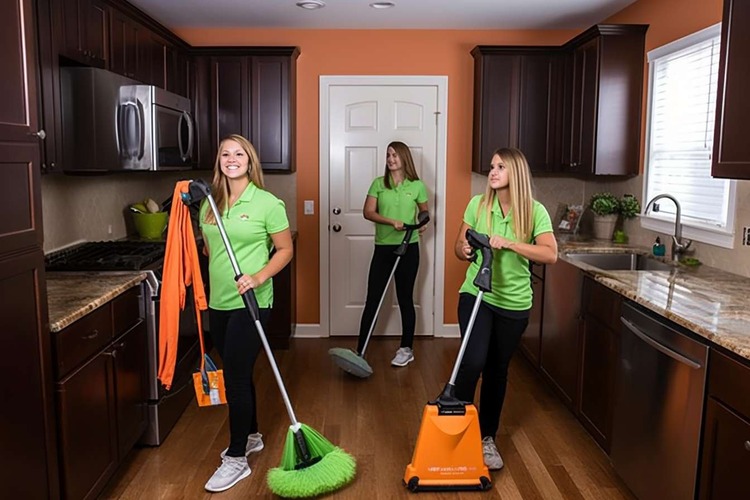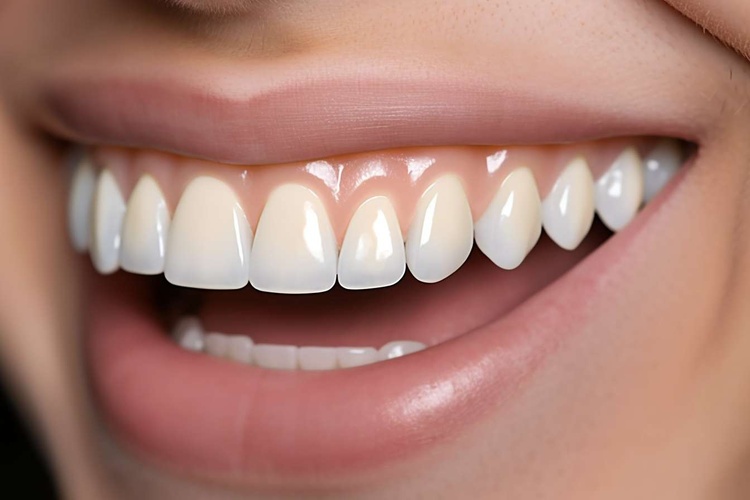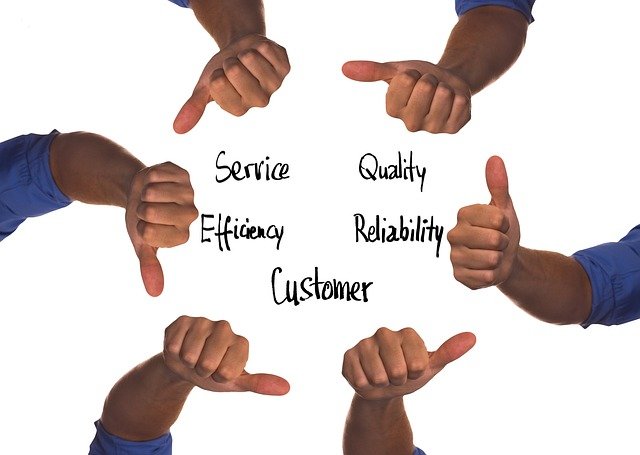Cleaning Services: What to Expect and How to Choose
A clean space doesn’t just look better—it functions better, feels calmer, and can even reduce allergens and irritants. Whether you’re arranging a one-time deep clean or setting up routine maintenance, understanding how cleaning services work helps you choose confidently. This guide breaks down service types, what’s typically included, how to think about scheduling, what “deep” really means, and how to search smarter for reliable local services in your area.

Types of cleaning services
Cleaning services generally fall into a few categories. Residential cleaning covers apartments, condos, and houses, focusing on kitchens, bathrooms, living areas, and bedrooms. Commercial cleaning serves offices, retail, and shared buildings with attention to high-touch surfaces, restrooms, floors, and break rooms. Specialized services include move-in/move-out cleaning, post-construction cleanup, short-term rental turnovers, and event cleaning. Each type varies in scope, equipment, and timing. Identify your environment and priorities first—foot traffic, pets, children, and sensitive surfaces—so a provider can tailor a plan that fits your space and standards.
What a standard visit covers
A standard or “maintenance” clean typically includes dusting accessible surfaces, wiping counters, sanitizing bathroom fixtures, cleaning appliance exteriors, vacuuming carpets, and mopping hard floors. Expect spot-cleaning of smudges on doors or switches and tidy-ups like straightening items. Tasks often excluded from standard visits are interior oven/fridge cleaning, baseboard detailing, blind slat dusting, window washing, and inside cabinets. These are usually add-ons. To avoid misunderstandings, ask for a written task list before service, clarify room count and square footage, and note any delicate materials—such as natural stone or antique wood—requiring specific products or methods.
Deep cleaning and sanitization
Deep cleaning targets buildup beyond surface dust: baseboards and trim, light fixtures, vents, grout lines, appliance interiors, cabinet insides, and behind furniture where accessible. Bathrooms get scale and soap-scum attention; kitchens get degreasing in hard-to-reach areas. If disinfection is needed, confirm the products used are appropriate for your surfaces and that dwell times are observed for effectiveness. Not every space needs frequent deep cleans; many households schedule them seasonally or ahead of major life events like moving or hosting. Communicate any concerns about odors, allergens, or sensitivities to ensure the right products are used safely.
This article is for informational purposes only and should not be considered medical advice. Please consult a qualified healthcare professional for personalized guidance and treatment.
Scheduling and scope in your area
Frequency depends on lifestyle. Weekly or biweekly visits keep most homes in steady shape; monthly visits may need occasional spot-cleaning between appointments. For commercial spaces, scheduling often aligns with business hours to minimize disruption, with daily or multiple-times-weekly options for high-traffic sites. In your area, confirm how providers handle access (keys, smart locks), parking, and building policies. Ask whether they bring supplies or use yours, if teams are consistent from visit to visit, and what happens if a cleaner is unavailable. Service guarantees, re-clean windows, and communication channels (texts, portals) all contribute to a smoother ongoing relationship.
Using bulk_create_keyword wisely
If you encounter the term bulk_create_keyword in search or marketing materials, treat it as a campaign or tagging placeholder rather than a consumer-facing service. Providers and marketers sometimes use bulk tags to organize related keywords—think “house cleaning,” “apartment cleaning,” “office cleaning,” and “deep cleaning”—for more efficient ad management. As a customer, translate that intent into practical searches: pair your need with your location and specifics, such as “deep kitchen degreasing local services” or “eco-friendly apartment cleaning in your area.” Then review service lists, insurance status, and customer feedback to validate fit and reliability.
Green products and safety
Many companies now offer eco-friendly cleaning, using low-VOC formulas, plant-based detergents, and microfiber systems to reduce chemical load and waste. If indoor air quality matters to you, request product Safety Data Sheets and clarify any fragrance-free requirements. For surfaces like marble, quartz, unfinished wood, or specialty coatings, ensure products are pH-appropriate to prevent etching or damage. Safety also includes professional standards beyond products: insured and bonded teams, background-checked staff, and clear protocols for breakage or incident reporting. When a provider can articulate these policies, it signals maturity and accountability.
Quality checks and communication
Consistency is the backbone of satisfactory cleaning services. Ask how quality is monitored: checklists left behind after each visit, rotational deep tasks built into recurring schedules, or photo verification in commercial settings. Feedback loops matter; reliable companies make it easy to flag missed items and schedule re-cleans when warranted. Document any preferences—how to handle clutter, what’s off-limits, pet precautions, and alarm procedures—so crews don’t have to guess. Finally, verify cancellation lead times and rescheduling policies; clarity on logistics helps avoid fees and keeps schedules predictable for both you and the provider.
Moving, renovations, and special cases
Move-in/move-out and post-construction cleanups are more intensive and often require heavier equipment, HEPA-filter vacuums, and extra passes to remove dust from ledges, vents, and high surfaces. Because access can be time-limited and coordination with other trades matters, confirm timelines and site readiness early. For short-term rentals, look for providers who can handle linen turnover, inventory checks, and quick documentation of damage between guests. Across special cases, detailed scope definitions—what success looks like, what’s excluded, and what might incur additional time—prevent surprises and keep expectations aligned.
Conclusion
Choosing a cleaning service is about clarity: the kind of space you have, the level of effort required, and how often you need support. Understanding the differences between standard and deep cleaning, confirming safety and product choices, and setting up reliable communication all contribute to a cleaner, healthier environment. With a clear scope and informed search approach, you can match trustworthy local services to your exact needs.






